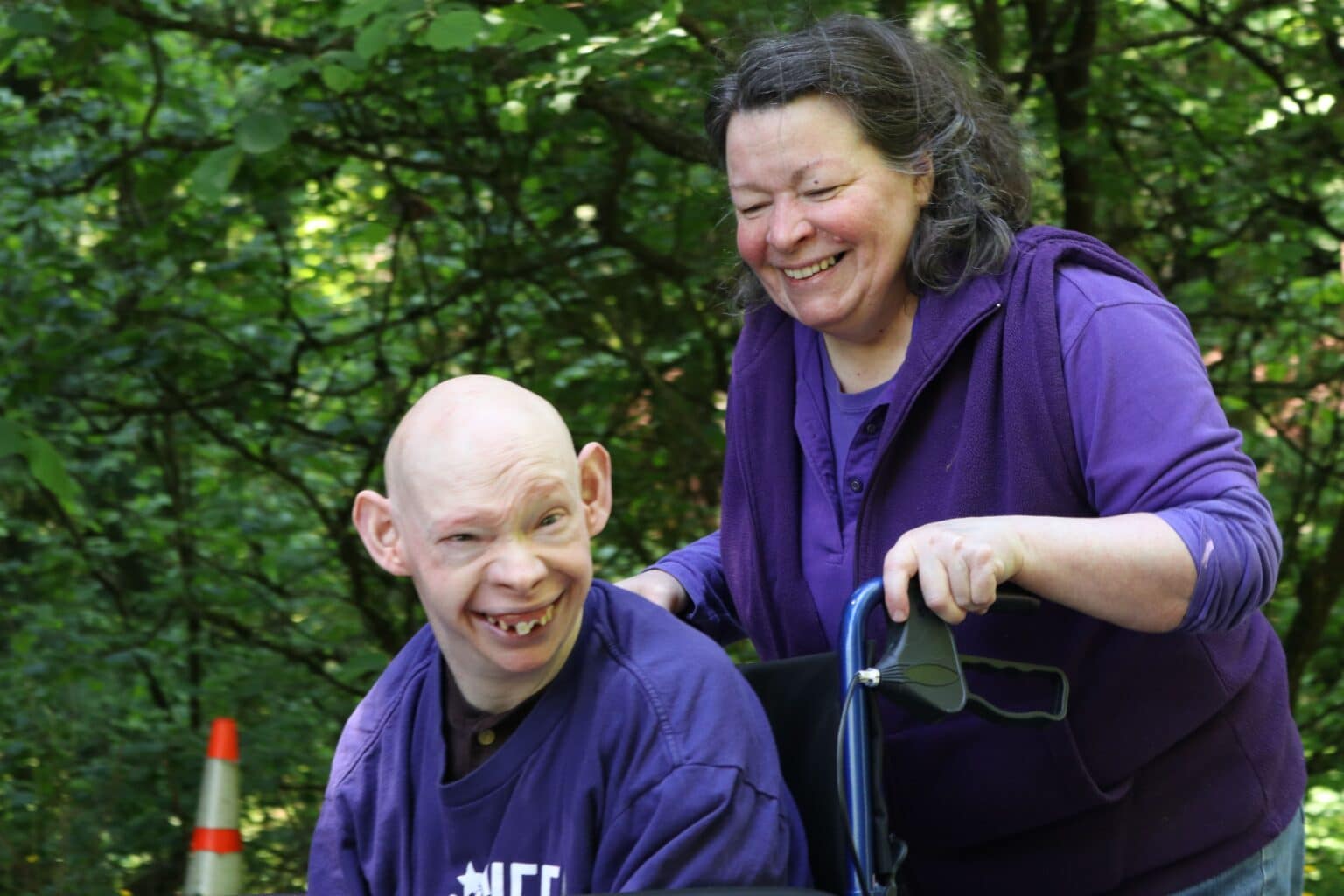Washington State Standard | November 28, 2023
“Washington has about 25,000 to 30,000 union-represented, paid family caregivers, according to Service Employees International Union Local 775. They care for relatives who are older and those with disabilities. AARP estimates there are 820,000 total family caregivers in Washington delivering 770 million hours of care annually.
“Family members make up a critical part of that workforce, often leaving other, better paid, better benefit jobs,” SEIU 775 secretary-treasurer Adam Glickman said.
Most other states have programs to compensate family caregivers, but Washington’s high wages, benefits and union representation make it particularly supportive. AARP’s 2023 Long-Term Services and Supports State Scorecard ranked Washington second overall in the nation for the best long-term care, in part because of its support for family caregivers.
Caregiver pay and benefits are covered by a mix of federal and state dollars. Before becoming a paid caregiver, family members must fulfill a number of eligibility and training requirements.
The state Legislature this year approved pay increases for in-home caregivers, bumping starting wages to $21 an hour. Lawmakers also strengthened health benefits for caregivers, including for those with kids. Family caregivers can also receive time off, a small retirement benefit and professional training, Glickman said.
‘Weight of the world’
More than a decade ago, Melissah Watts, 66, quit her job to care for her son Max, 38, full time. Max was out of school, and as an adult, he didn’t have many opportunities for day care or other activities.
“I just couldn’t keep up,” she said.
A single mom, she struggled to find ways to pay for care for Max as well as her own needs. She had no savings, no health insurance and no paid time off.
As a full-time caregiver, Watts can often only leave the house for an hour or two at a time, and only if she can get her neighbors to keep an eye on her son. She is responsible for feeding Max, changing Max, entertaining Max and helping Max through complex emotions.
Max spends most of his time coloring, watching TV, living in a world where he’s both a Power Ranger and a Jedi, she said.
“His life and his world is pretty magical,” she said.
When the COVID-19 pandemic hit, Melissah and Max sealed themselves into their home.
Before they got their vaccines, Watts said they never left the house. She couldn’t bear the thought of one of them being in the hospital and the other not being able to visit.
“I felt the weight of the world,” she said.
At the time, caregivers like Watts were given hazard pay because many were considered frontline workers. She put that money into savings – it was the first time in years she was able to pile up some extra money.
In Watts’ view, SEIU 775’s push for better pay and benefits has helped her and other caregivers.
The union formed in 2002 but Glickman noted that most of its wins are more recent. Even in 2012, caregivers were only making about $10 to $11 an hour.
Glickman said the union will continue to press the Legislature for higher wages, with a goal of getting up to $30 an hour by the end of the decade.”
Read the full article at the Washington State Standard.

